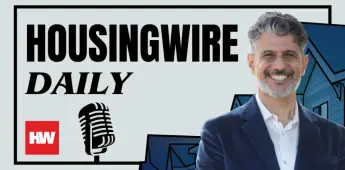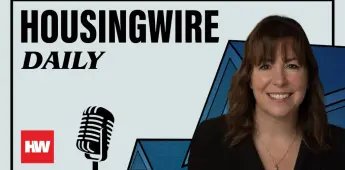Redfin’s Daryl Fairweather on what to expect when forbearance ends
In this interview, Redfin’s Chief Economist Daryl Fairweather discusses why she believes the U.S. housing market is likely to withstand a wave of foreclosures once mortgage forbearance comes to an end.
Here is a small preview of the student debt crisis interview with Fairweather — be sure to watch the full interview above. The transcript below has been lightly edited for length and clarity.
Q: According to Redfin, at the peak of the foreclosure crisis in 2010, the national average loan-to-value ratio was 94%, meaning the average homeowner owed their lender nearly as much as 94% of the value of their home. As a result, many financially stressed homeowners couldn’t even afford to sell their home after paying agent fees of 6% and closing costs, so they often ended up in foreclosure. What are the main differences between the 2010 market and the 2020 market, and what are the current average loan-to-value ratios?
Daryl Fairweather: The big thing to know about the Housing Crash of the 2000s was that overvaluation of the housing market caused the recession, and most of the impacts of that recession, therefore, impacted the housing market much more strongly. So, the difference now is that the housing market is not overvalued. The reason that home prices are rising is because there’s less supply than there is demand and that’s pushing up prices. Currently, we’re not at risk of any bubble bursting, because I don’t believe there is a bubble. What happened before was that home prices started to drop, and people began to realize their homes weren’t worth as much as they believed, which caused prices to drop even more. This created a snowball effect where people kept taking money out of their homes because they believed home prices would eventually go up and they would make their money back. That didn’t happen, so we’ve learned a lot of lessons. Since then, lending standards have gotten much stricter, and people are now smarter about taking out too much equity from their homes. So, there’s just a lot more fundamental strength in the housing market than there was back then.
Latest Videos
Sponsored Videos










